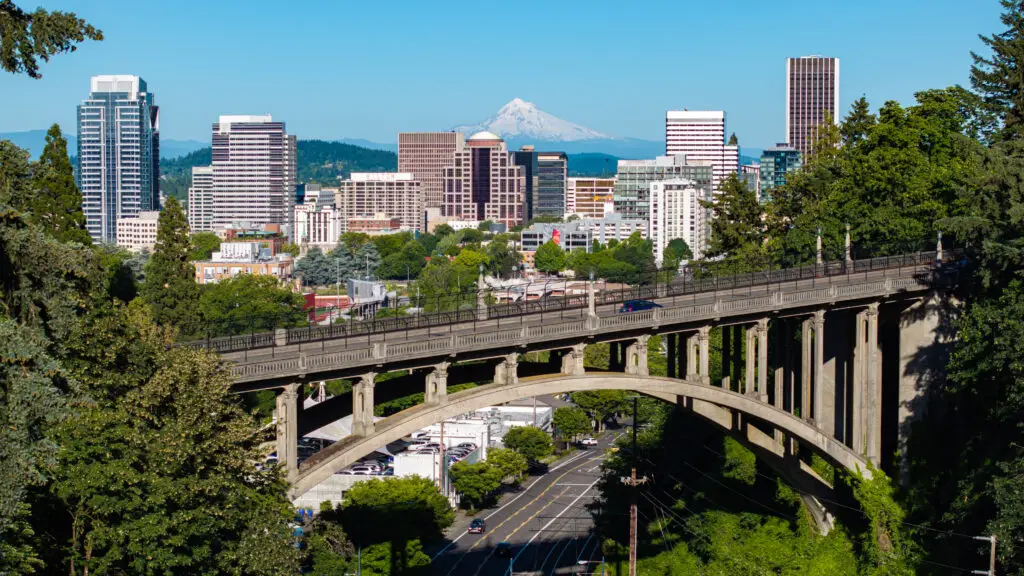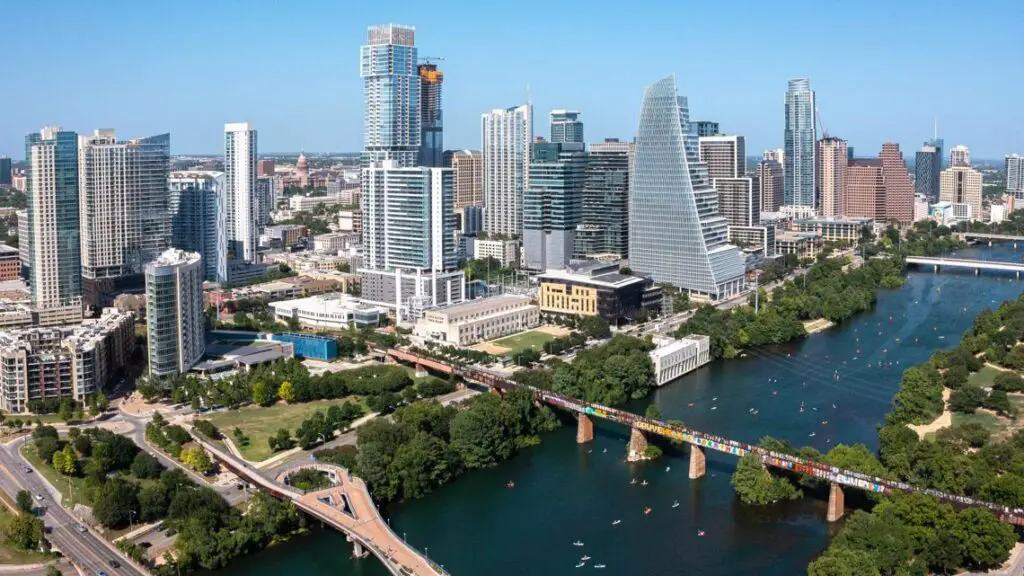As housing costs continue to rise in many cities across the United States, displacement has become a critical issue, particularly for low-income and minority communities. Cities are beginning to recognize the importance of investing in housing diversity to ensure that their residents, regardless of race or income level, can remain in their homes. Housing diversity efforts focus on creating a mix of affordable and market-rate housing options, preventing gentrification from pushing out longtime residents, and fostering inclusive communities. By promoting diverse housing strategies, these cities are not only addressing affordability but also preserving the social fabric of their neighborhoods. Here are five cities leading the charge in investing in housing diversity to fight displacement.
1. Portland, Oregon

Portland, Oregon, has made significant strides in promoting housing diversity and addressing displacement through its affordable housing programs. The city has embraced policies such as inclusionary zoning, which requires developers to set aside a portion of new units for affordable housing. Portland’s commitment to affordable housing also extends to its investment in community land trusts (CLTs), which allow communities to own and control land, reducing the risk of displacement from rising property values. These initiatives aim to ensure that historically marginalized groups, including communities of color, have access to stable housing in the face of rapid urban development.
In addition, the city has focused on fostering mixed-income communities by providing incentives for developers to build affordable housing alongside market-rate units. This approach not only combats displacement but also promotes a diverse and inclusive urban environment. Portland’s efforts include the creation of affordable housing units in high-demand areas, ensuring that residents from all income levels can benefit from the city’s growth. By prioritizing housing equity and diversity, Portland is setting an example for other cities grappling with the challenge of displacement.
2. New York City, New York

New York City is no stranger to housing challenges, particularly when it comes to displacement in gentrifying neighborhoods. To combat this issue, the city has implemented a number of initiatives aimed at preserving affordable housing while encouraging development. One of the key strategies is the Housing New York Plan, which seeks to create or preserve 300,000 affordable housing units over the next decade. The plan focuses on building affordable housing in neighborhoods that are experiencing rapid gentrification, ensuring that longtime residents are not pushed out of their communities.
In addition to its commitment to affordable housing, New York City has also invested in housing diversity through rent control and stabilization programs. These policies protect tenants from excessive rent hikes and provide stability for low-income residents in rapidly changing neighborhoods. The city’s zoning reforms aim to increase housing supply while maintaining affordability, and it has worked to preserve public housing through investments in repairs and upgrades. New York’s comprehensive approach to housing diversity reflects its dedication to addressing the displacement crisis and creating a more inclusive city for all residents.
3. San Francisco, California

San Francisco, one of the most expensive cities in the U.S., has been facing significant challenges when it comes to housing affordability and displacement. In response, the city has implemented several policies aimed at increasing housing diversity and promoting affordable housing development. San Francisco’s affordable housing initiatives include providing financial incentives to developers who include affordable units in their projects, as well as increasing the number of rent-controlled units to protect low-income tenants.
The city has also focused on preserving its existing affordable housing stock through initiatives such as the San Francisco Housing Accelerator Fund, which helps finance the rehabilitation of at-risk affordable housing buildings. Additionally, San Francisco has embraced community land trusts as a way to prevent displacement in neighborhoods that are undergoing rapid gentrification. These efforts reflect the city’s commitment to ensuring that diverse communities can continue to thrive, even as the housing market becomes increasingly competitive. By prioritizing housing diversity and affordability, San Francisco is working to create a more inclusive housing market that benefits residents from all backgrounds.
4. Austin, Texas

Austin, Texas, has experienced rapid population growth in recent years, which has contributed to rising housing costs and the displacement of low-income residents. To address this, the city has implemented several initiatives aimed at promoting housing diversity and preventing displacement. One such program is the Austin Housing Conservancy, which focuses on acquiring and preserving affordable housing properties to prevent gentrification in historically marginalized neighborhoods. This initiative ensures that affordable housing options remain available to the city’s diverse population, even as demand for housing continues to increase.
Austin has also made strides in incorporating affordable housing into new developments through its Smart Housing program. This program offers financial incentives to developers who include affordable housing units in their projects. The city’s commitment to zoning reforms and affordable housing investments aims to create more mixed-income communities, reducing the pressure on low-income residents who might otherwise be displaced. Austin’s efforts to balance growth with inclusivity are key to maintaining its diverse character and ensuring that all residents have access to stable, affordable housing.
5. Seattle, Washington

Seattle, Washington, is another city that is actively investing in housing diversity to combat displacement. In response to the city’s rapid growth and rising housing costs, Seattle has focused on creating affordable housing options in neighborhoods that are experiencing gentrification. The city’s Housing Levy, which funds the construction and preservation of affordable housing units, is a key part of its strategy to promote housing diversity. Seattle also uses inclusionary zoning, which requires developers to include affordable housing in new projects, ensuring that a mix of housing options is available to residents of all income levels.
In addition to these policies, Seattle has worked to increase affordable housing supply in transit-oriented areas, allowing residents to live close to public transportation and other amenities. The city’s emphasis on mixed-income developments ensures that new growth does not push out existing residents, especially those from low-income and minority communities. Seattle’s proactive approach to affordable housing and housing diversity reflects its commitment to fighting displacement and fostering a more equitable city for all its residents.
